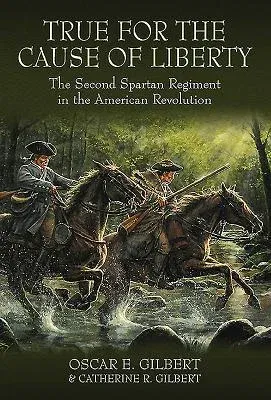Following their defeat at Saratoga in upstate New York in 1777, the
British decided to implement a Southern Strategy against the American
insurgents, a plan to "roll up" the rebellious colonies from Georgia
through the Carolinas to Virginia. Instead, they triggered a savage
partisan war of raids, ambushes, assassinations, and large pitched
battles that rivaled any fought in the northern colonies.
Untrained Patriot militiamen--occasionally stiffened by contingents of
the Continental Line--were pitted against Britain's Cherokee and Creek
allies, and Loyalist militia and British regulars led by General
Cornwallis and his two ablest subordinates, Patrick Ferguson and the
ruthless Banastre "Bloody Ban" Tarleton.
In October 1780 the Loyalist militia was virtually destroyed at King's
Mountain, the battle that Lord Clinton, the British commander in Chief,
said was "the first link in a chain of events that followed each other
in regular succession until they at last ended in the total loss of
America." Other defeats at Blackstock's Farm and Cowpens, and a Pyhrric
victory at Guilford Courthouse, gutted the British Southern Army and
drove Cornwallis north to encirclement and surrender at Yorktown.
This study uses battlefield terrain analysis and the words of the
officers and common soldiers, from pension records and little-known
interviews, to bring to life the crucial role of one militia
regiment--the Second Spartans of South Carolina--that fought in
virtually every action of the vicious back-country war that decided the
fate of America. Or as one private in the Second Spartans said,
expressing admiration for his colonel: ". . . a few Brave Men stood true
for the cause of liberty."

